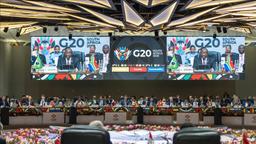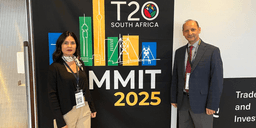
Reensuring Flow of Credit To Return To Growth: The Case For A Turkish Troubled Assets Restructuring Program / Burak DALGIN, Güven SAK
Over the past decades, Turkish economic growth was fueled by availability of credit. A potential credit starvation poses a significant risk for the private sector, which has been the main beneficiary of the last decade. In order to avoid a long recovery, which is typical for recessions accompanied by debt overhangs, Turkey needs to have banks resume lending. This doesn’t seem possible given the at-limit sources and unattractive profitability of the banking sector. Therefore, troubled assets on bank balance sheets need to be cleared with timely and competent action. Naturally, this could work only if accompanied with a rational, predictable and market-friendly macroeconomic framework and certain regulatory/ judiciary support.
The public-private partnership approach to deal with distressed assets advocated in this paper would (i) support private sector (employment, commercial capacity, value chains around certain firms) while improving its competitiveness (elimination of zombies, creating at scale firms); (ii) enable banking system to resume lending thanks to released capital; (iii) use taxpayer funds effectively through an independent, transparent and performance-oriented vehicle; (iv) mobilize foreign funding resources; and (v) send a strong positive signal to the broader market. Enough experience on distressed asset relief programs has been accumulated by EBRD and IFC in the aftermath of the global crisis.
You may read second log from here.
The ideas expressed on this paper are solely the opinions of the author(s) and do not necessarily represent the opinions of TEPAV.





